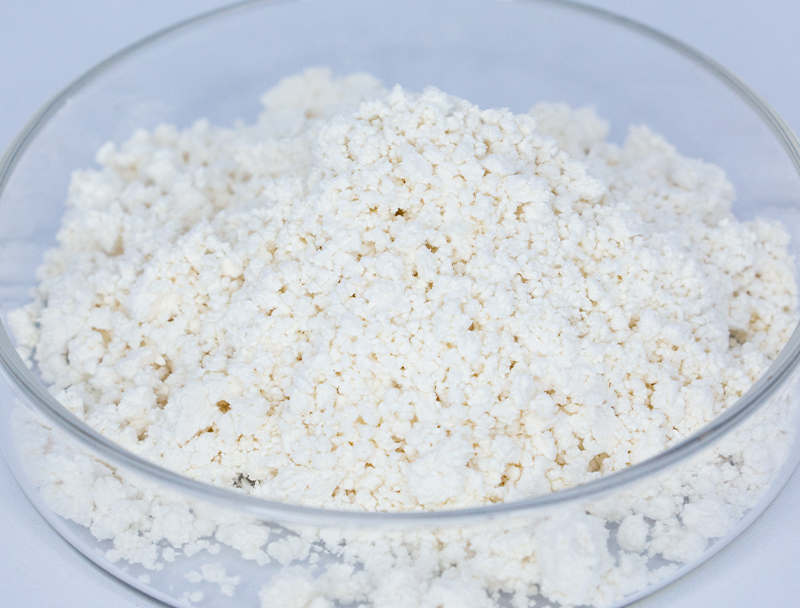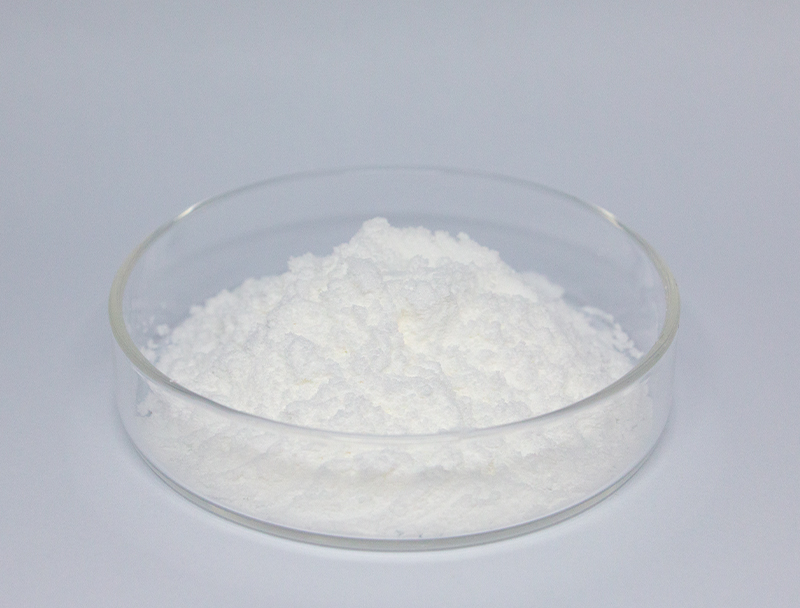
Industrial biosynthesis counts extensively on an extensive collection of raw materials for generating cutting-edge biobased goods.
Assuring long-term supply of raw inputs is indispensable to sustainable success and conscientious scaling.
several issues arising from typical material sourcing including environmental degradation and exploitation of natural resources. Thus, organizations must explore circular sourcing options to lessen environmental harm.
- Models of sustainable material sourcing include:
- Applying circular feedstocks from post-harvest streams
- Adopting looped production models to decrease loss and amplify reuse
- Forging alliances with neighborhood suppliers supporting green sourcing
Such a move to ethical procurement delivers ecological gains and commercial returns over time.
Tuning Feedstock Characteristics for Higher Biofuel Efficiency
Enhancing biofuel output is grounded in superior feedstock characteristics. Technologists actively pursue refinements to increase feedstock efficiency, achieving increased output and long-term energy sustainability. Initiatives integrate bioengineering to scale biomass production and pretreatment workflows to free fermentable sugars.
- Additionally, researchers are focusing on identifying new sources of biomass, such as algae, waste products, agricultural residues, to expand the range of sustainable feedstocks available for biofuel production.
- By means of ongoing innovation the biofuel sector can achieve substantial advances soon, shaping a cleaner energy future.

Transformations in Upstream Biopharma Workflow Design
embraces initial workflow stages from growth to harvesting Ongoing innovations have accelerated process enhancement leading to greater yields.
Crucial progress includes proprietary cell systems, optimized growth media, and adaptive bioreactor architectures. These strategies improve manufacturing efficiency and lessen cost and ecological effects.
- Likewise, the move to continuous systems facilitates better adaptability and streamlined upstream production.
- The adoption of higher-tech manufacturing practices will likely disrupt traditional models and speed therapeutic launches.

Innovations in Gene Editing for Improved Biopharmaceutical Yield
refinements in gene-targeting technologies have advanced protein production workflows. By precisely targeting genes within host organisms, researchers can enhance the yield of valuable therapeutic proteins. These methods could enable production of accessible and efficient medicines tackling diverse health challenges.
Harnessing Microbial Biotechnology for Sustainable Bioremediation
state-of-the-art biological cleanup solutions using targeted microbial actions. Microbial species can metabolize and convert hazardous compounds into benign byproducts.. By harnessing this natural potential, we can develop environmentally friendly strategies for cleaning up contaminated sites and mitigating the negative impacts of industrial activities.. Analysts explore microbial consortia for targeted removal of metal toxins, pesticide residues, and petroleum contaminants.. Microbial strains work in bioreactor settings or on-site applications to convert pollutants through biological pathways..
Employing microbial strategies for remediation provides multiple benefits versus traditional techniques. These methods are economical and eco-conscious while reducing hazardous secondary waste. Also, microbial interventions offer targeted remediation that minimizes collateral ecosystem disturbance. The domain advances quickly, concentrating on raising reliability and performance of microbial cleanup methods.
The Role of Bioinformatics in Drug Discovery and Development
Informatics platforms are essential to current drug discovery and development pipelines. From target selection to safety profiling, bioinformatics empowers rapid, data-informed therapeutic design.
- By parsing huge omics and clinical databases, bioinformaticians detect targets and estimate therapeutic responses.
- Furthermore, computational modeling of drug–target interactions aids rational design of higher-performing therapeutics.
- Finally, bioinformatics is revolutionizing the drug discovery and development process, accelerating the time to bring safe and effective treatments to patients in need.
Synthetic Biology Routes for Elevated Bioproduct Synthesis
utilizes multiple approaches to enhance production of desirable bioproducts in cells. These strategies can involve genetic modifications to optimize metabolic pathways, regulation of gene expression, and the introduction of novel genes to confer new capabilities.. By refining pathway flux and regulation engineers can significantly raise bioproduct production.
This multifaceted approach has the potential to revolutionize a broad range of industries, including biopharmaceuticals, agriculture, and bioenergy.

Industrializing Biopharmaceuticals: Risks and Rewards
Moving from bench to commercial scale creates complex challenges and valuable opportunities. Ensuring product consistency at larger manufacturing scales represents a major hurdle. Tackling it demands tightly integrated control systems, precise surveillance, and state-of-the-art analytics.

A further difficulty lies in process complexity, with many interdependent production phases.. Transforming bench processes into industrial practice requires sustained research and engineering innovation. Nonetheless, the advantages can be major. Successful scaling up can lead to increased access of life-saving therapies, reduced production costs, and enhanced profitability.
Different initiatives are progressing to solve scale-up constraints. They encompass new process-improvement tools, in-line analytics for continuous oversight, and creative manufacturing approaches.
- Product development and process R&D are pivotal to boosting production capabilities.
- Regulators are adapting frameworks to speed authorization of novel manufacturing approaches and spur innovation.
Navigating the Regulatory Landscape for Biopharmaceuticals: Ensuring Safety and Efficacy
Producing biopharmaceuticals demands comprehensive oversight to guarantee safety and clinical effectiveness. Biologics sourced from living systems pose distinct regulatory and manufacturing complexities versus small-molecule drugs.
Organizations like the FDA and EMA provide essential guidance and set standards for authorizing novel biotherapeutics..
Robust assay and safety testing are obligatory from discovery through post-marketing surveillance.. N-Acetylneuraminic acid These measures aim to identify potential risks and guarantee that biopharmaceuticals meet the highest levels of safety..
Furthermore, regulatory bodies are constantly evolving their approaches to keep pace with the rapid advancements in biopharmaceutical research.. Programs embrace modern technologies and foster development speed while maintaining patient-centered safeguards.

Plant-Derived Inputs for Next-Gen Bioplastics
The trend toward sustainability stimulates development of renewable material technologies. Among these, bioplastics, produced from plant-derived biomass feedstocks, offer a promising avenue towards a greener future. Plant inputs like corn-derived starch, cellulose derivatives, and sugarcane can be turned into degradable plastics that lessen environmental burdens.
Additionally, many plant-based bioplastics show performance characteristics similar to conventional plastics for numerous uses.. Continuous development will unlock plant biomass value for sustainable bioplastic production and support circular systems.
Biotech Contributions to Global Health and Crop Productivity
Biotech provides transformative capabilities that can change healthcare outcomes and strengthen food systems. With genetic tools, engineered biological systems, and regenerative cell approaches, experts craft interventions to manage diseases, enhance agriculture, and fortify nutrition.. For instance, genetically modified crops can be engineered to resist pests and environmental stresses, leading to increased agricultural production and reduced reliance on harmful pesticides.. In addition, the field produces vaccines, treatments, and diagnostic tools that are central to fighting infections and improving health worldwide.. Looking forward, continued biotech progress promises to deliver therapies and agricultural solutions that support health and sustainability worldwide.
